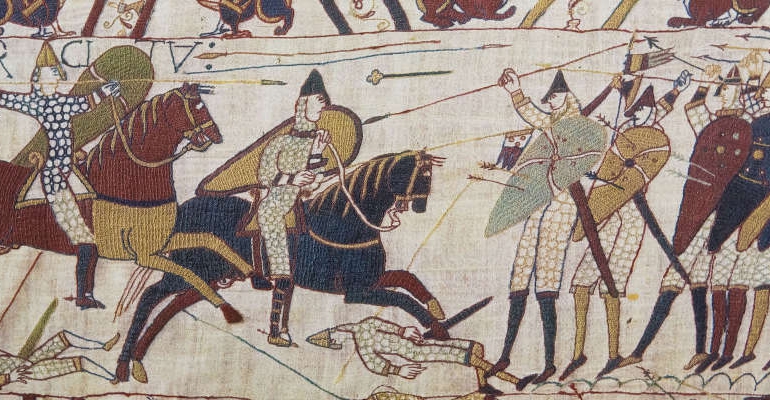
Sewing and thread work brings with it the power to tell stories, elicit emotion, positively influence mental health and bring joyous satisfaction to its creator. Sara Whatley spools out a tapestry and embroidery yarn
Sewing is a great storyteller. From the huge wall hangings which adorned the houses of the upper classes in the great tapestry period from the mid 14th century to the end of the 18th century, to modern tapestries hanging in galleries for all to enjoy today. The intricate scenes may have shifted towards a more abstract and loose form, incorporating different textiles and techniques for example, but the storytelling never stops.
Across centuries, countries and cultures, tapestry has been used as an expressive art form, decorating walls and also having the practical element of being a fabulous draft excluder in those drafty old castles! It is also used to explore ideas of spirituality, identity, sexuality and political issues.
Tapestry is one of the oldest forms of woven textile and yet contemporary artists, such as Grayson Perry, are still championing its power and pushing the boundaries of this traditional medium. “There has been a shift recently in the artist and craftsman hierarchy,” said Anthea Godfrey, Artistic Director of the Embroiderers Guild. She explained to me how in the past the artist, the one designing the tapestry, has always been at the top and the craftsman, the one actually making the tapestry, is unrecognised at the bottom. “Now we have artist-makers, incorporating both skills into one title,” she said. Although it is still rare that artists know how to weave a tapestry also, as Anthea told me, it takes 10 years of training to teach a weaver.
In its truest sense tapestry is a form of woven textile using yarn on a loom, but over the years the word ‘tapestry’ has evolved to include embroidered elements as well. Indeed, the Bayeux Tapestry, which depicts events leading up to and during the Battle of Hastings is actually embroidered on a plain background, making the vibrant and intricate scenes stand out and really come to life. It is thought to date from the 11th century, shortly after the battle itself. This huge textile is a classic example of storytelling in art and is known the world over.
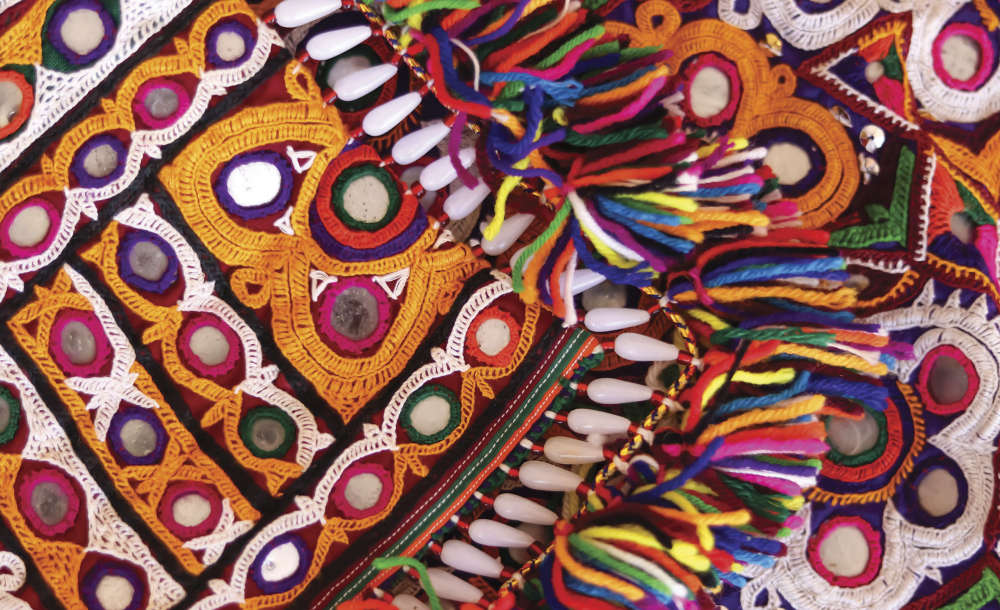
Talking to Anthea about what the Embroiderers Guild does, she explained how they champion all forms of embroidery and are enthusiastic about taking the subject out to teach and gain further interest, especially for the younger generations. “If we don’t get the interest from youngsters then this will become a dying art,” Anthea explained.
The Embroiderers Guild, which was started in 1906, also celebrate all recent textiles graduates across the country and provide them with opportunities to showcase their work at major shows. Anthea was keen to tell me how they have recently started to recognise the great work textile teachers do too with a special award. It is a subject that has traditionally been seen as women’s work, but with the help of this award, there seems to be a slight shift in that perception.
After the recent lockdowns and surge in interest in creative practices, I asked Anthea how stitching is good for you. “Craftwork production was immense over Covid,” she said. “People realised there is more to life than 24/7 work, and the mental health benefits of embroidery, well, when I’m embroidering all my worries go, I’m just concentrating on creating something I love."
It is heartening that so many have picked up craftwork as a hobby, but what about it as a job, and what about arts education? We have seen numerous cuts to funding for arts education recently and it is jeopardising the future of many of these skills. “If we don’t teach these subjects from a young age they will go. Where is the next generation of craft coming from?” Anthea believes that with cuts to arts subjects in schools and higher education they will have to be taught privately and only the upper echelons will benefit; but education should be for all, not just for the few. “Creative subjects teach children about research and investigation, and that the journey is just as important as the end product, but they are seen as not worthy,” Anthea continued. Imagine going to the opera or the ballet and the doors being shut. That will happen if things don’t change.
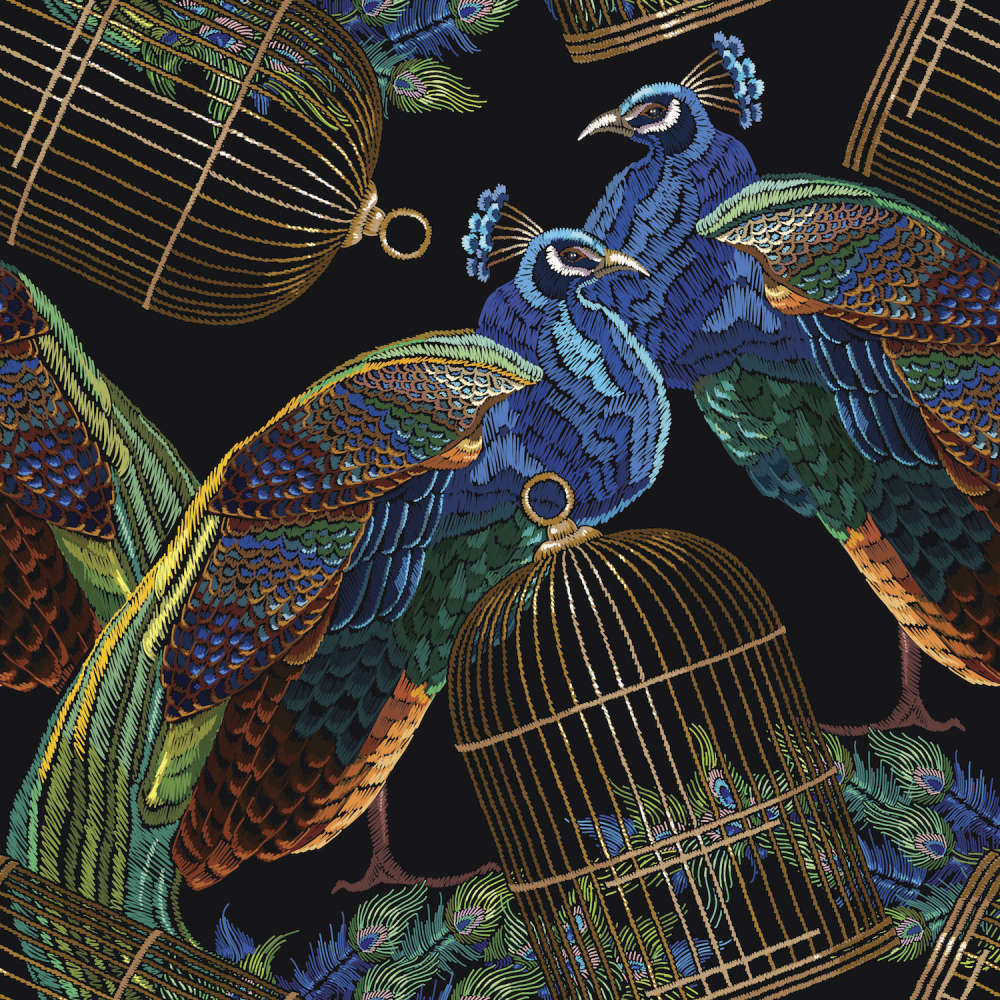
But, glimmers of light shine out from schools doing the best they can to keep these subjects alive. I recently visited Bolney C of E Primary School to see their creative project, what they are calling their ‘School Tapestry’ (although technically an embroidery), made to celebrate their 150th anniversary.
“It tells the story of the children’s journey through school. The caterpillar and butterflies represent the transition of the children from when they join the school to when they leave and their transformation into individual characters,” explained Mrs Sarah Bridger, the teaching assistant who has been instrumental in bringing this project to fruition, along with Mrs Carole Wood and Mrs Jo Glew. Hanging proudly in their school hall, the work depicts a huge tree of life, rooted in love and adorned with butterflies, a caterpillar and other woodland animals.
The whole school helped to make the tapestry, with Key Stage 1 (5-7 years old) pupils making the leaves of the tree, which are printed fabric hands. The trunk came from a textiles club from 2014, and is plaited material sewn together into the trunk and branches.
Children of Key Stage 2 (7-11 years old) made the butterflies, caterpillar, snail and hedgehog. They started by making their embroidery frames from glued-together lolly sticks tightly covered with material. Then they drew their template on the material and embroidered their design on there.
All the children had to think about colour, texture and design before they started their printing or embroidering, and some practiced different stitches such as cross-stitch, running stitch, couching and sewing on buttons, which harks back to Anthea’s point about research and investigation.
“The children loved it,” said Mrs Bridger. “They were focused and still, it was a lovely creative process.” Perhaps this is the foundation some of these children need to take crafting further and be part of the next generation of creatives.
With the work of places like the Embroiderers Guild and skilled and enthusiastic teachers like Mrs Bridger, hopefully sewing and the creative subjects will continue to tell stories from the past and future stories too for many generations to come.
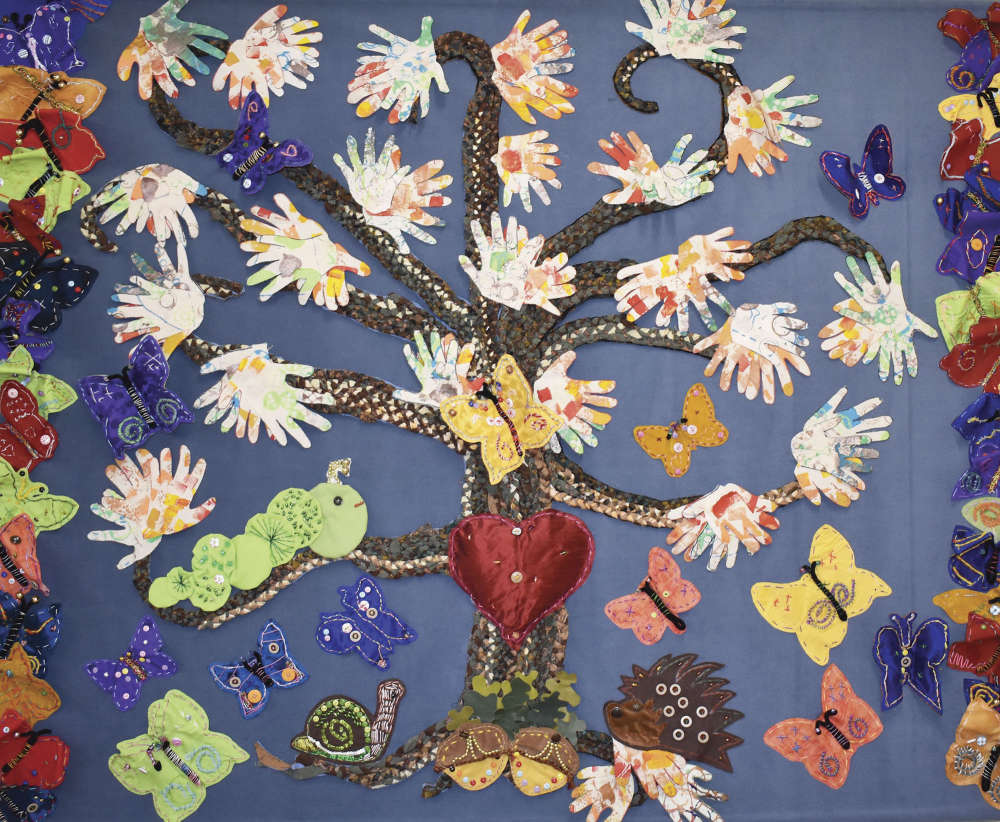

 Book Reviews: November Novels... and more!
Book Reviews: November Novels... and more!
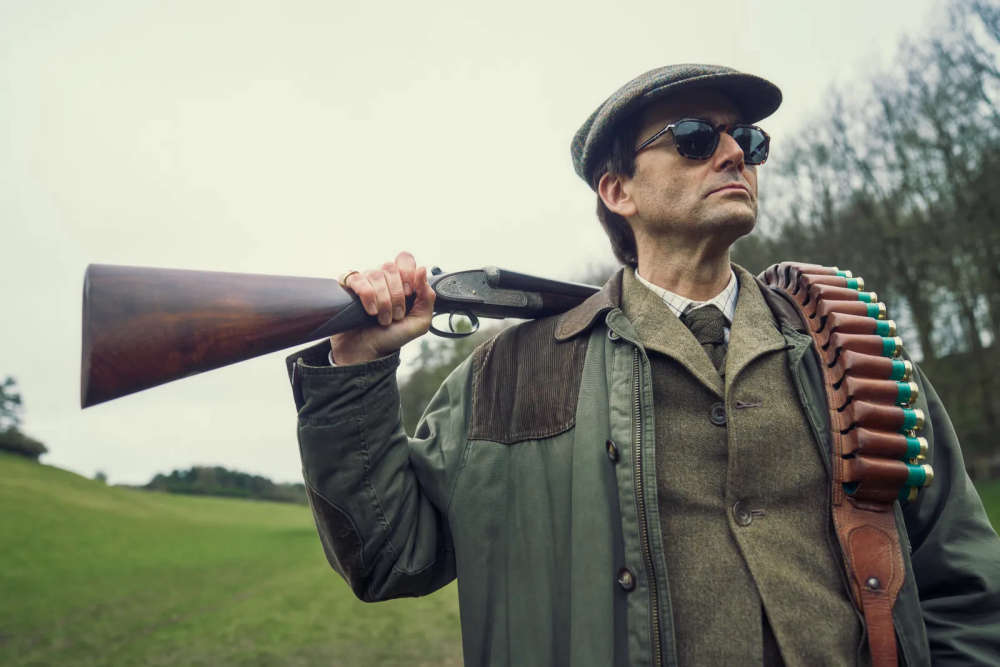 What to Watch in October 2024
What to Watch in October 2024
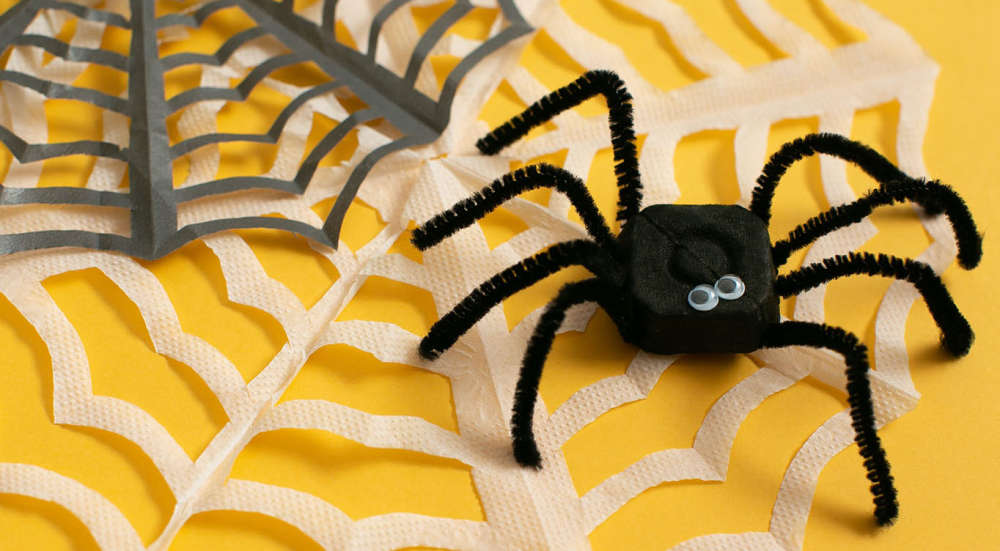 Kids Zone: Spooky Spider's Webs
Kids Zone: Spooky Spider's Webs
 If You Ask Me: Humanity's Greatest Invention
If You Ask Me: Humanity's Greatest Invention
 If You Ask Me: A Desert Island Drag
If You Ask Me: A Desert Island Drag
 Kids Zone: Mud Kitchens
Kids Zone: Mud Kitchens
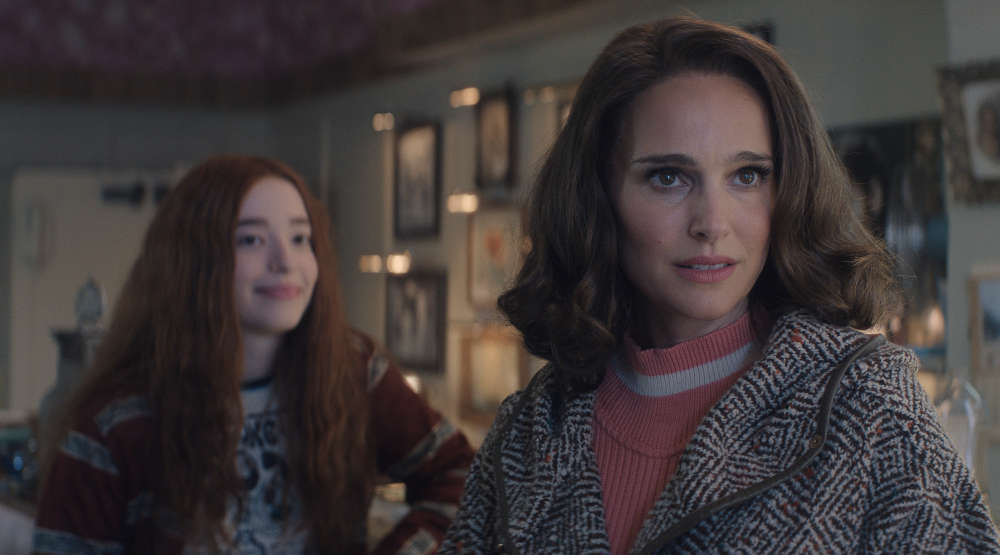 What to Watch in July 2024
What to Watch in July 2024
 Kids Zone: Ice Block Treasure Hunt!
Kids Zone: Ice Block Treasure Hunt!
 What to Watch in June 2024
What to Watch in June 2024
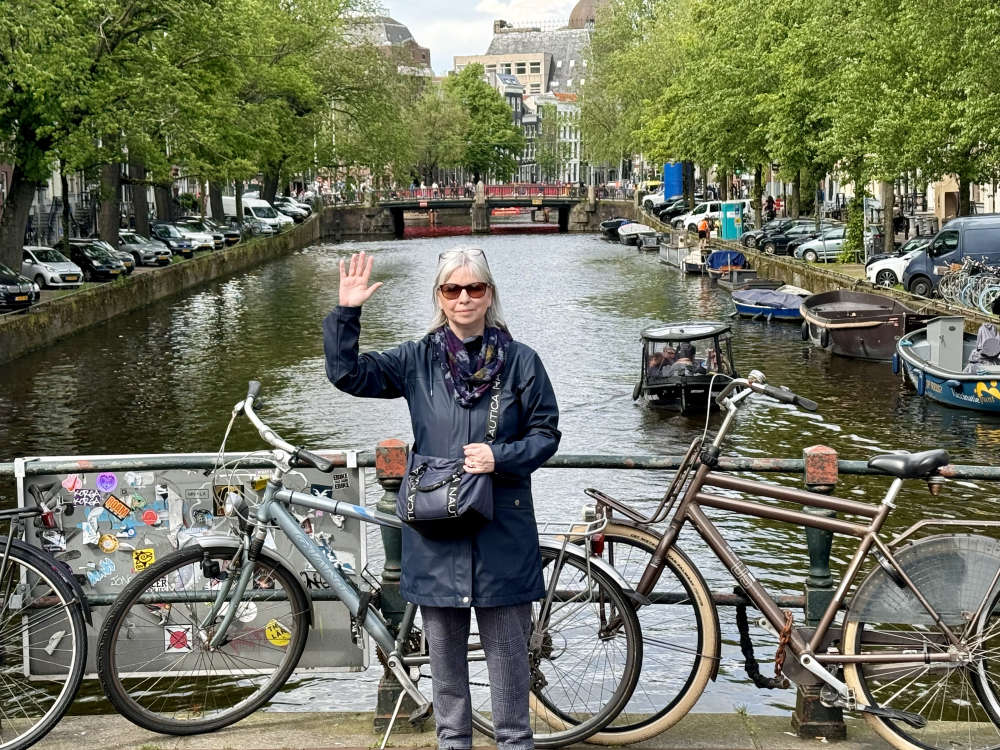 A Gourmet Escape on the Eurostar: London to Amsterdam with Culinary Delights in Almere
A Gourmet Escape on the Eurostar: London to Amsterdam with Culinary Delights in Almere
 If You Ask Me: Train Announcements Have Gone Off the Rails
If You Ask Me: Train Announcements Have Gone Off the Rails
 If You Ask Me... Never Argue with an Idiot
If You Ask Me... Never Argue with an Idiot
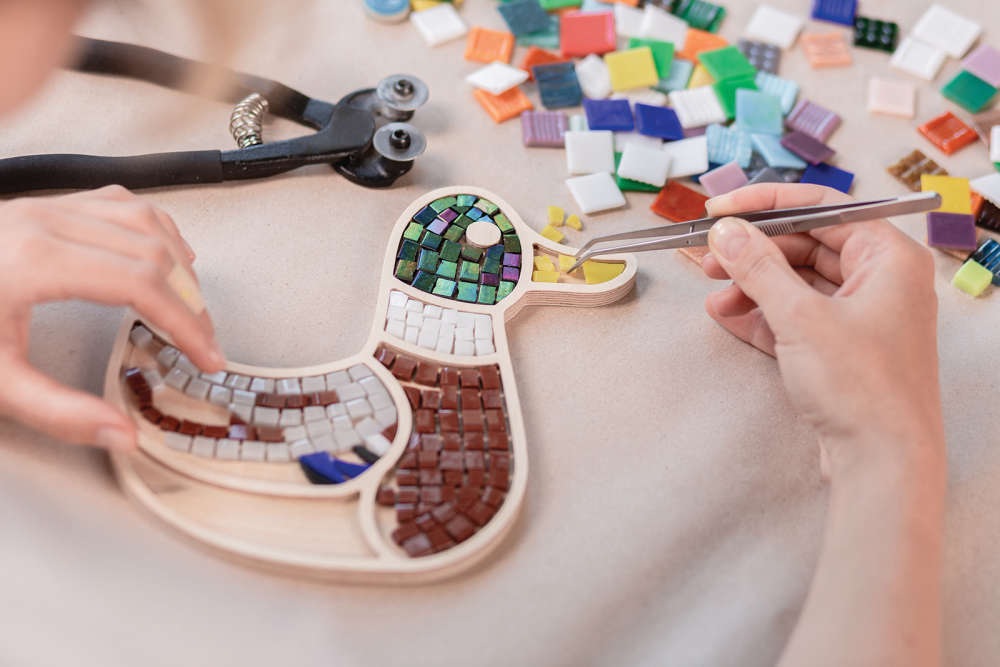 Kids Zone: Mosaic Art
Kids Zone: Mosaic Art
 What to Watch in April 2024
What to Watch in April 2024
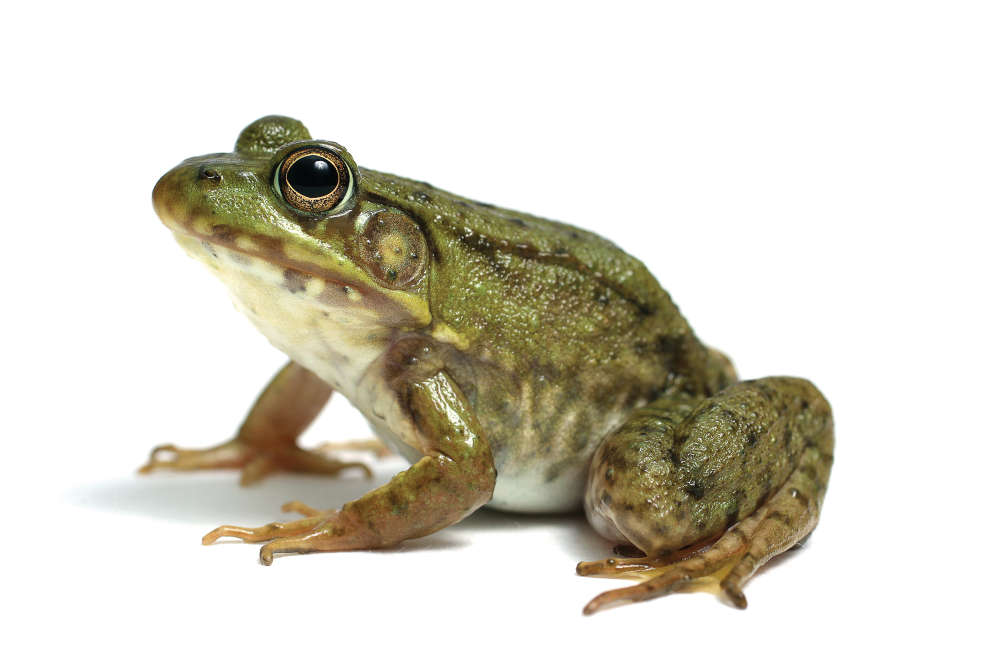 If You Ask Me: The Jobsworth and the Frog
If You Ask Me: The Jobsworth and the Frog
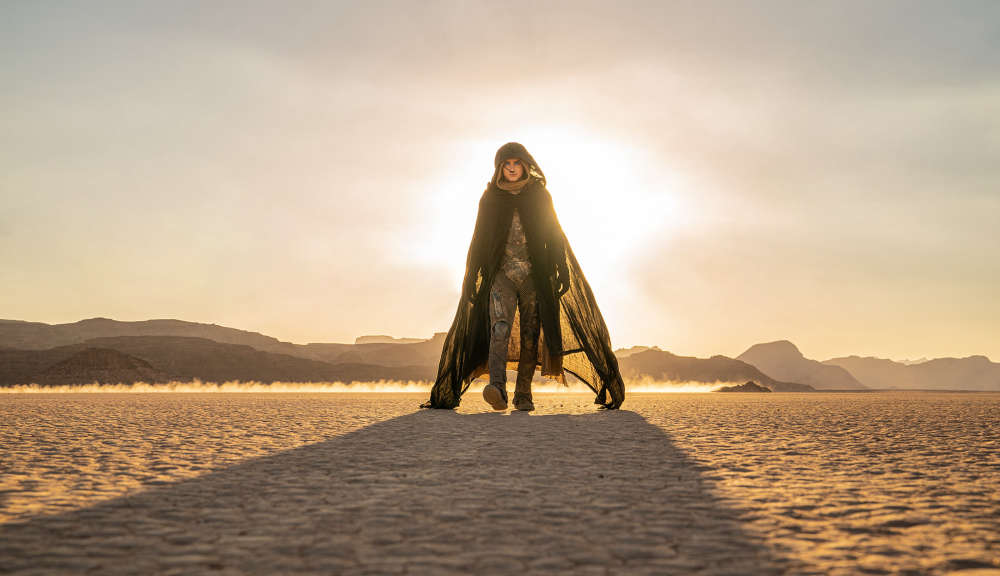 What to Watch in March 2024
What to Watch in March 2024
 If You Ask Me... Politicians need a Translator
If You Ask Me... Politicians need a Translator
 Dark Skies Festival 2024: Where & When to Gaze at the Stars
Dark Skies Festival 2024: Where & When to Gaze at the Stars
 Be Well, Move Happy: Walking & Silence
Be Well, Move Happy: Walking & Silence
 Special Interest Holidays: Try Something Different
Special Interest Holidays: Try Something Different